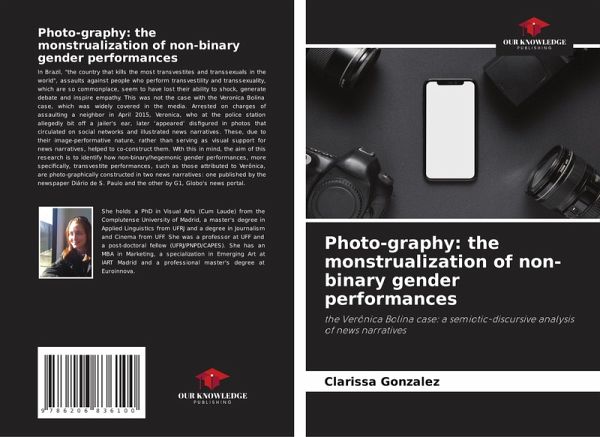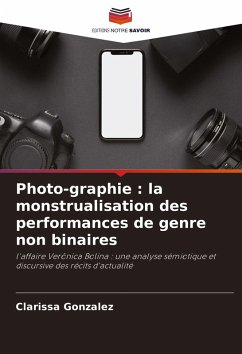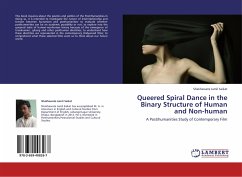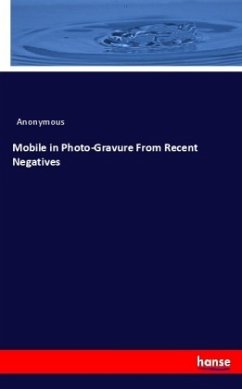
Photo-graphy: the monstrualization of non-binary gender performances
the Verônica Bolina case: a semiotic-discursive analysis of news narratives
Versandkostenfrei!
Versandfertig in 6-10 Tagen
33,99 €
inkl. MwSt.

PAYBACK Punkte
17 °P sammeln!
In Brazil, "the country that kills the most transvestites and transsexuals in the world", assaults against people who perform transvestility and transsexuality, which are so commonplace, seem to have lost their ability to shock, generate debate and inspire empathy. This was not the case with the Veronica Bolina case, which was widely covered in the media. Arrested on charges of assaulting a neighbor in April 2015, Veronica, who at the police station allegedly bit off a jailer's ear, later 'appeared' disfigured in photos that circulated on social networks and illustrated news narratives. These,...
In Brazil, "the country that kills the most transvestites and transsexuals in the world", assaults against people who perform transvestility and transsexuality, which are so commonplace, seem to have lost their ability to shock, generate debate and inspire empathy. This was not the case with the Veronica Bolina case, which was widely covered in the media. Arrested on charges of assaulting a neighbor in April 2015, Veronica, who at the police station allegedly bit off a jailer's ear, later 'appeared' disfigured in photos that circulated on social networks and illustrated news narratives. These, due to their image-performative nature, rather than serving as visual support for news narratives, helped to co-construct them. With this in mind, the aim of this research is to identify how non-binary/hegemonic gender performances, more specifically, transvestite performances, such as those attributed to Verônica, are photo-graphically constructed in two news narratives: one published by the newspaper Diário de S. Paulo and the other by G1, Globo's news portal.












